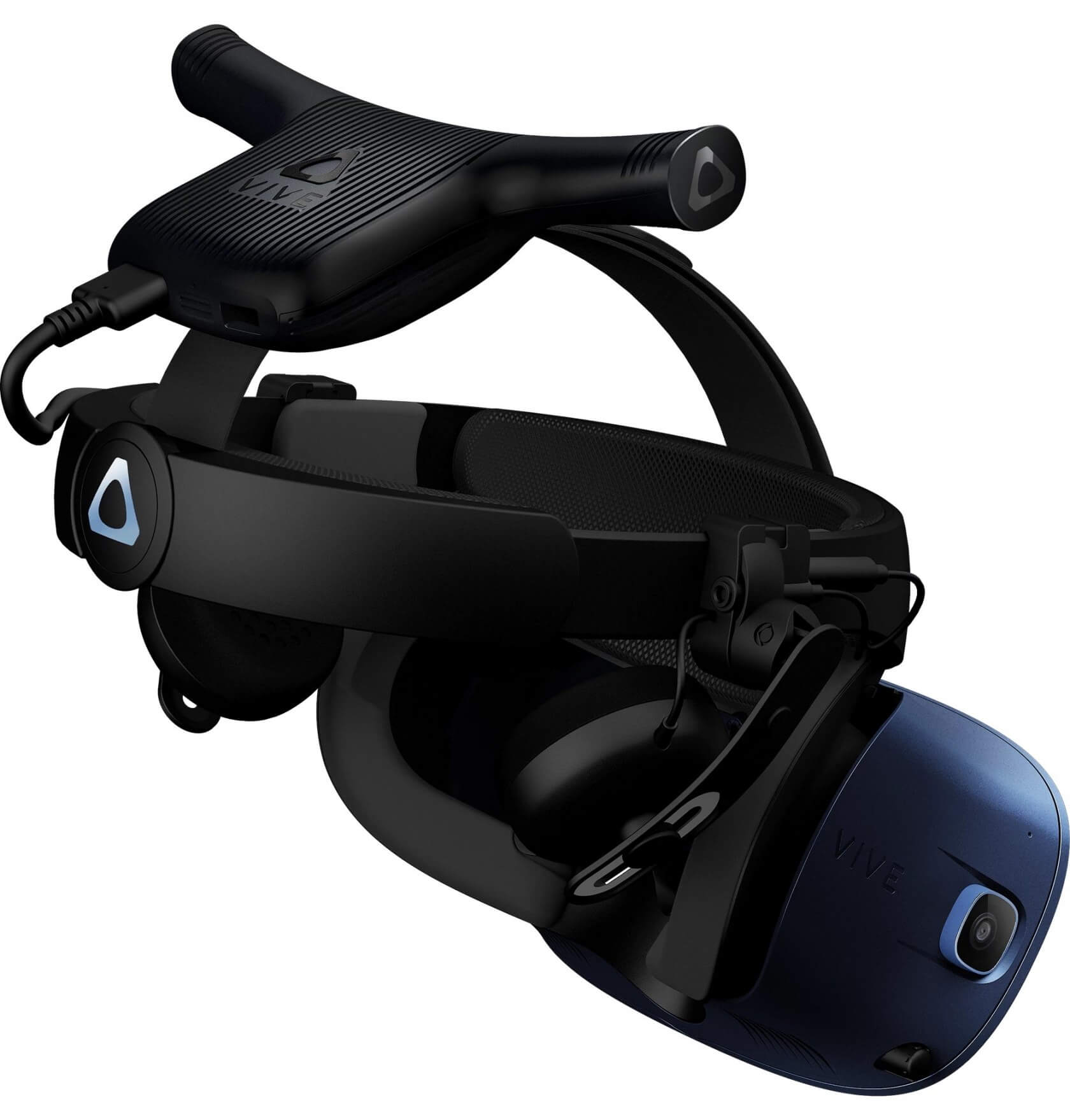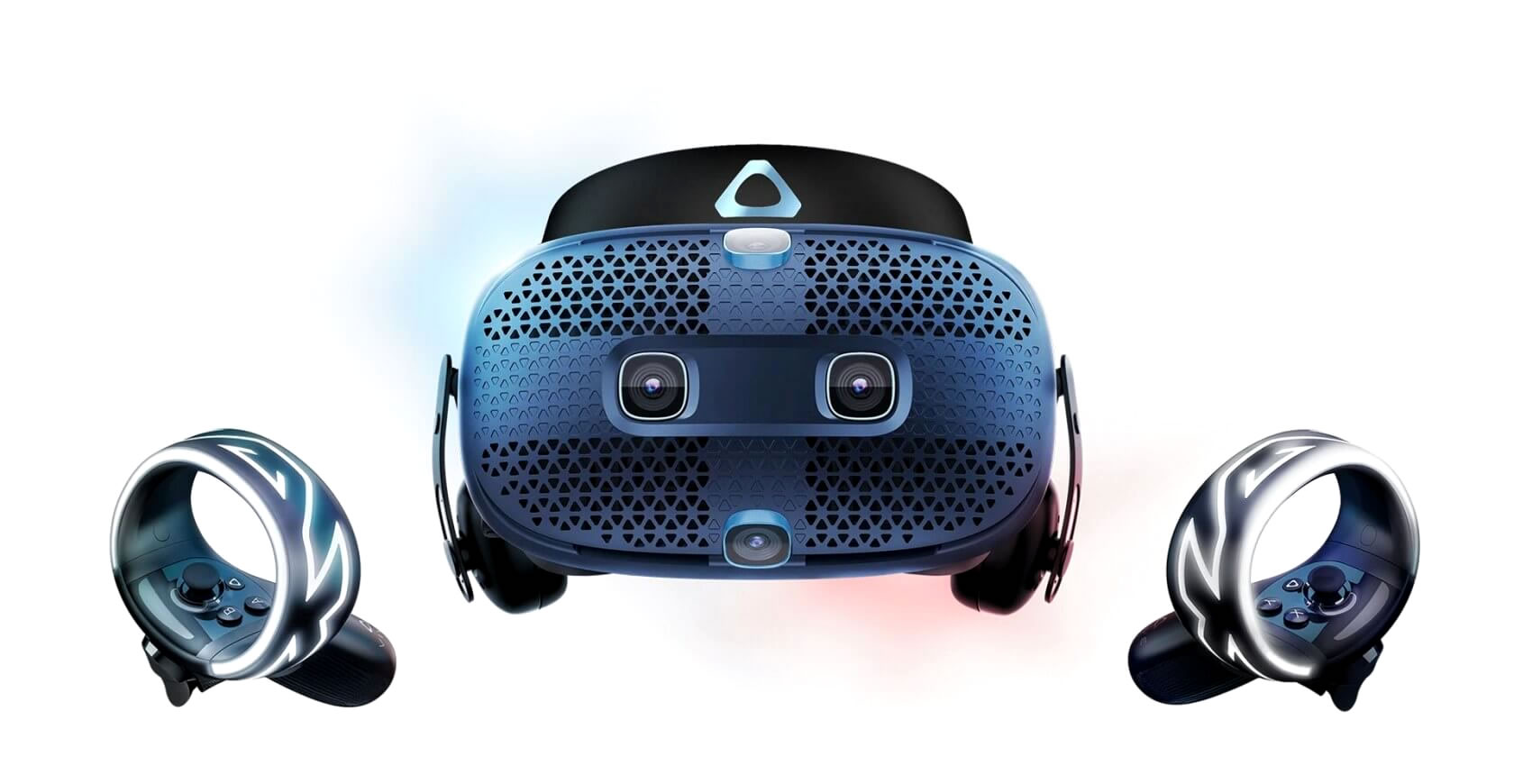In context: Without a doubt, Valve's recently-launched Index is one of the best (if not the best) virtual reality headsets money can buy right now. It features individual finger and grip tracking, more adjustability than its competitors, a higher refresh rate, a built-in headset, and much more. With all of these advantages in mind, it's been tough for existing VR offerings from other companies to measure up.
Other headsets do offer a better value in most cases (the Index is priced at a whopping $1,000), but for those who simply want the best VR experience possible, Valve's device is the obvious choice. Still, what if you want a reasonably high-end experience but aren't comfortable shelling out that much cash? What if the original Vive just isn't your cup of tea, and the $800 asking price of the Vive Pro is still too much for your wallet to handle?
That's where HTC's latest announcement comes in. Yesterday, the company pulled back the curtain on its latest VR headset: the Vive Cosmos. The Cosmos costs $699 and features an improved design and feature-set over the standard $500 Vive. For starters, the Cosmos boasts a much crisper 2880x1700p combined lens resolution (with a 90Hz refresh rate), which HTC says is an "88 percent increase" over the ordinary Vive's 2160x1200p resolution.
The Cosmos also includes a flip-up front plate design, which means you won't have to take the entire thing off every time someone or something demands your full attention. In terms of sensors, the Cosmos doesn't require any extra equipment thanks to its self-contained "inside-out" tracking technology. In most cases, this tech is a bit less precise than exterior sensor-based systems, but we can't say whether that'll be the case here without trying the Cosmos for ourselves.

HTC says one of the major benefits the Cosmos offers over other Vive devices (And the competition) is its modular design. Moving forward, HTC will be releasing a number of official add-ons that users can equip the device with for various benefits.
For example, you'll be able to swap out the default faceplate for one that uses both inside-out and exterior tracking (granting you better tracking precision), or you can attach a Wireless Adapter to the top to "remove cords from the equation" entirely. HTC says this is "just the beginning," and other mods will be arriving in the future.
Moving away from potential future add-ons and circling back to what the Cosmos will offer in the box on launch, let's talk controllers. As usual, the Cosmos will ship with two of 'em, and they have a couple unique features.
First, they'll house a fancy, circular light ring that curves above the main controller – HTC promises this isn't just for show, noting that it will help to ensure accurate tracking for both controllers. Second, the devices will be the first Vive controllers to include built-in "precision" joysticks.
If you're already sold on the Cosmos, you can pre-order the device now from your retailer of choice. If you're still not convinced, you can learn more about the headset right here. Either way, the Cosmos is slated for launch on October 3, 2019.
